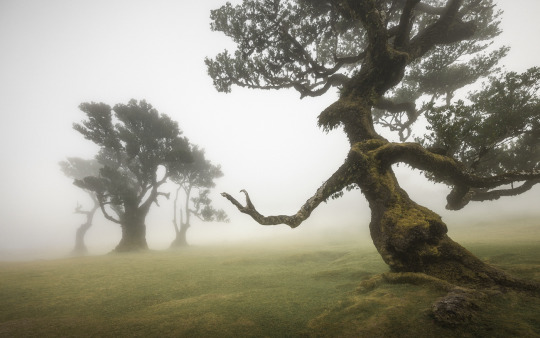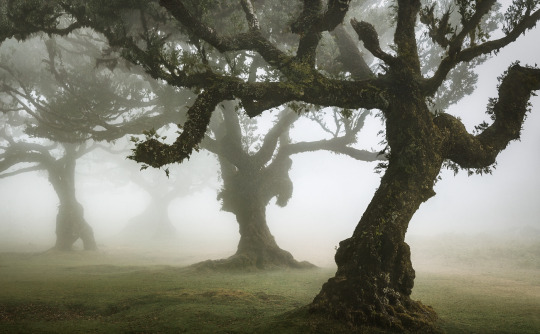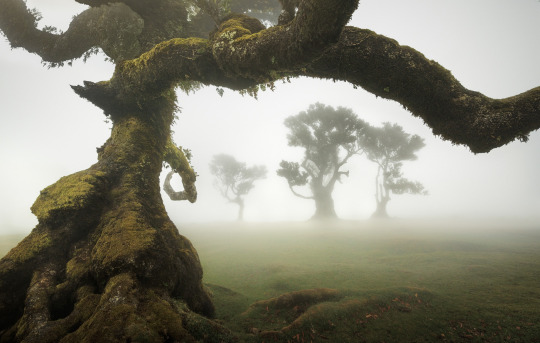Text


Fugazi
Lafayette Park, Washington, DC (1988)
78 notes
·
View notes
Text

June 1, 2025 - Women paint the Palestinian flag on the steps of Piazza Gramsci, in Orgosolo, Sardinia. [link]
We believe that in such a dramatic moment, such as the one the Palestinian people are experiencing before the eyes of the entire world, we cannot remain indifferent. Faced with the painful awareness of our impotence in stopping a conflict, we wish to express our dissent with the peaceful tools at our disposal.
7K notes
·
View notes
Text



Andy Warhol photographed by Steve Schapiro in Los Angeles, 1966.
220 notes
·
View notes
Text
...se bastasse non rispettare il Corano per essere impiccati avrebbero impiccato metà della popolazione. Impiccano tre iraniani al giorno, ma a Teheran ci sono comunque più rave che a Roma. Ci sono centinaia di migliaia di donne che non indossano il velo. Le moschee il venerdì sono piuttosto vuote rispetto a buona parte delle capitali del mondo musulmano. La droga è molto più facile da trovare del gin, ma si trova agilmente anche il gin. In Iran il 70 per cento dei laureati nelle materie Stem (Science, Technology, Engineering and Mathematics) sono donne: in Italia la percentuale scende al 22. Le donne iraniane pilotano gli aerei e dirigono facoltà di Immunologia. La realtà che vive la popolazione è molto diversa da quella che gli ayatollah vorrebbero, gli iraniani si divertono quanto noi, forse più di noi - accettano il rischio di pagare un prezzo altissimo per farlo. Alcuni muoiono impiccati, ma tanti - milioni - continuano a pensare che correre il rischio ne valga la pena. La civiltà persiana ha esportato lo spazzolino da denti nel mondo qualche millennio fa, quando l'occidente andava ancora a dormire con un buffet per batteri nella bocca: sentir parlare di "medioevo" è grottesco, è un abisso d'ignoranza. E soltanto qualcuno sprovvisto di capacità cognitive, o qualcuno su X, può scambiare questo discorso per una difesa di Khamenei
@ceciliasala
27 notes
·
View notes
Photo

Hex Halos II. Nottingham, August 2013.
169 notes
·
View notes
Text

Harry Whittier Frees (1879-1953), ''Animal Land on the Air'', 1929
637 notes
·
View notes
Text



If your interest in reptiles comes from the pet hobby, you probably know these guys as sulcata tortoises- but if your interest comes from the zoo world, you're more likely to know them as African spurred tortoises, or African spur thighed tortoises. Bud here is showing off why! See those spurs on his legs? It's theorized that those are to help defend against predators. When a tortoise like this tucks into its shell, the spurs stick out and present an uncomfortable area to bite.
What's interesting to me is that the spurs that they're named after are actually the ones on their hind legs, even though they're much smaller than the big spikes on their front legs, which you can see quite clearly on Bub below:


(Yes, their names are Bub and Bud. They're rescued taken in by a man named Bob, and they came with those names, believe it or not!)
2K notes
·
View notes


























